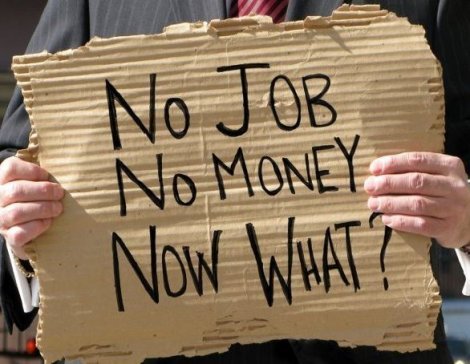
The 2007 recession death toll: 10,000 people
In the years between 2007 and 2010, when the Great Recession hit countries and people the hardest, as many as 10,000 people the least, say researchers, have committed suicide following financial problems and other hardships which arise from them.
A study spanned across 24 EU countries, the US and Canada showed that the suicide rate rose in countries in which it began to decline, previous to 2007, and accelerated in the US where it was already climbing.
By comparison, in New Zeeland, one of the few industrialized nations that were left largely unharmed by the financial crisis, the suicide rate did not rise follwing hardships in 2007.
What's more important is that the study also points out to a viable solution that helps prevent people from taking such radical solutions in the future.
In Austria, Finland and Sweden, three countries hit hard by the recession, the suicide rate remained constant all throughout the crisis due to highly efficient social programs designed to help people who had lost their jobs or are going through financial issues.
One Colombia University professor of epidemiology explains: 'The social welfare aspects of economic downturns like this can't be ignored. When our economic belts get a little too tight, we shouldn't be cutting things that help the average Joe.'
Another important aspect revealed through this study is that men are four times more likely to commit suicide than women, probably because a man's status in society is in tight connection to his financial situation.















